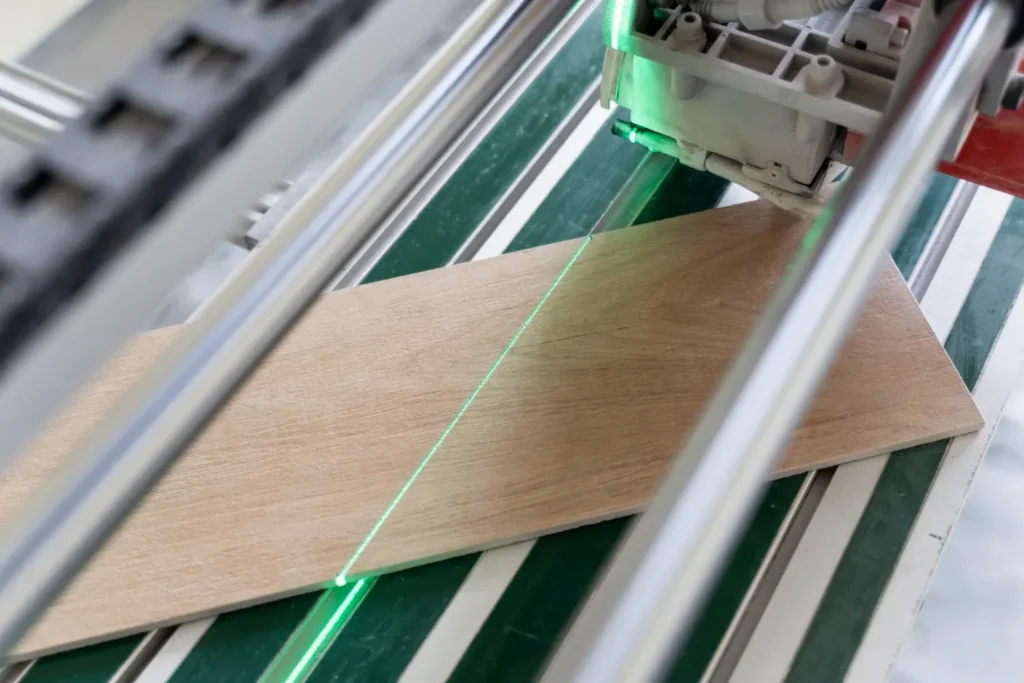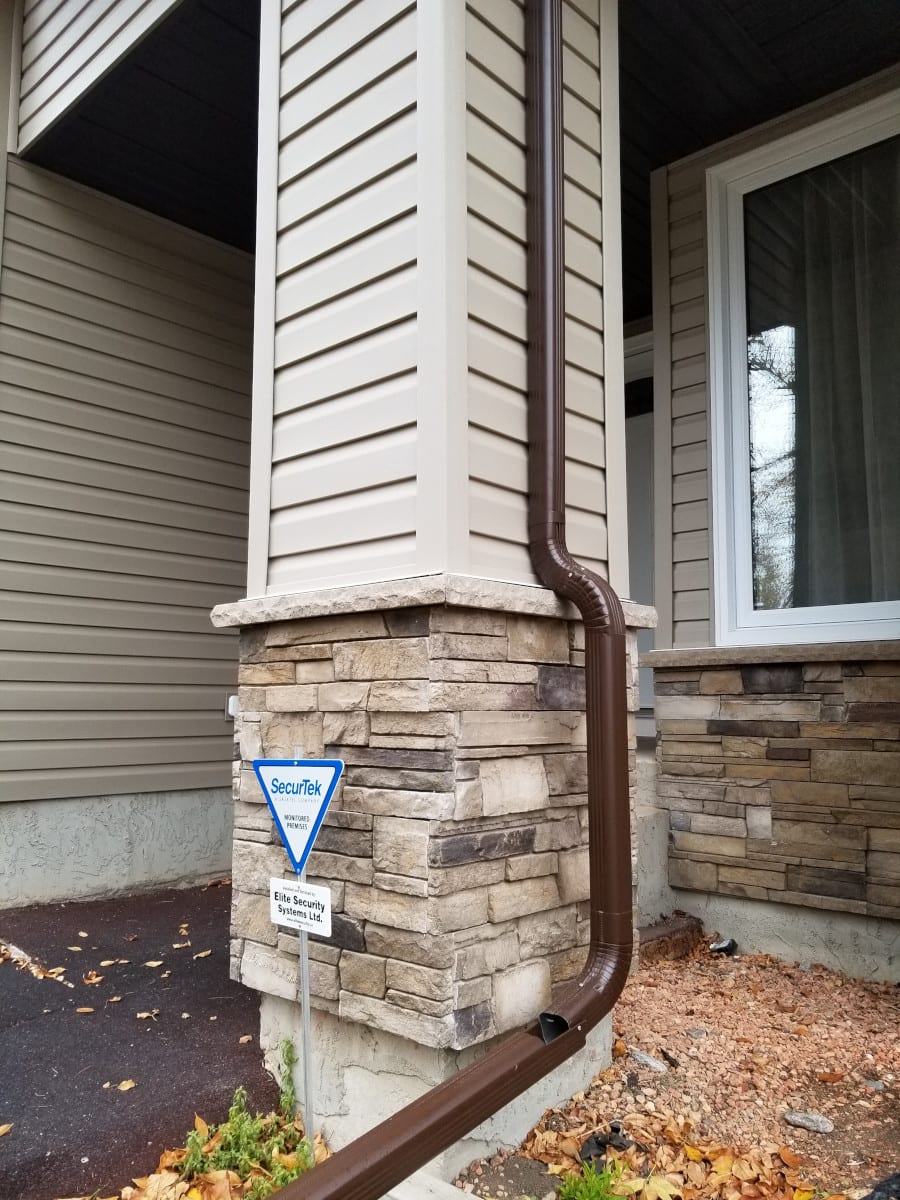Cutting vinyl siding is a tricky process, but it doesn’t have to be daunting. Knowing the best way to cut vinyl siding can help you get the job done quickly and efficiently. In this blog post, we’ll share our secrets on how to cut vinyl siding for a perfect finish every time. Read on to learn more!
Preparing for the Job
Before you begin cutting, it’s important to properly prepare for the job. Start by gathering all the necessary tools and equipment, including a vinyl siding cutter. This specialized tool is designed specifically for vinyl and will ensure clean and precise cuts. Next, make sure to wear appropriate safety gear, such as gloves and safety glasses, to protect yourself during the cutting process.
Choosing the Right Tools
Choosing the right tools is essential when it comes to cutting vinyl. One of the most important tools you’ll need is a vinyl siding cutter. This specialized tool is designed specifically for viny and will ensure clean and precise cuts. It’s important to invest in a high-quality siding cutter to achieve the best results.
Vinyl Siding Snips:
These specialized snips are designed to cut through vinyl siding cleanly, without causing any damage or cracking.
Utility Knife:
A sharp utility knife will help you make precise cuts and score the vinyl siding accurately.
Measuring Tape:
Accurate measurements are crucial for a seamless installation, so a good measuring tape is a must-have.
Chalk Line:
A chalk line will help you create straight-cutting guidelines on the siding.
Square or Ruler:
This will assist you in ensuring your cuts are at the right angles.
Safety Gear:
Don’t forget safety glasses and gloves to protect yourself from debris.
How To Cut Vinyl Siding: Step-By-Step Cutting Guide
Before you begin your project, it’s crucial to know how to cut vinyl siding properly to avoid costly mistakes. Follow our step-by-step guide below for clean, accurate cuts.
Measure and Mark:
Begin by measuring the area where you need to install the vinyl siding. Use the measuring tape to determine the length needed, and mark the cutting lines using a pencil.
Create Cutting Guidelines:
To ensure accurate cuts, snap a chalk line along the marked cutting lines. This will serve as a guide for your cuts.
Prepare the Vinyl Siding Snips:
Open the vinyl siding snips and get familiar with how they work. They typically have a flat lower blade and a curved upper blade. Ensure they are sharp and in good condition.
Cutting Straight Lines:
For straight cuts, position the vinyl siding within the snips, aligning the marked line with the notch in the snips’ blades. Squeeze the snips to make the cut, ensuring steady and even pressure throughout the cut.
Cutting Curves:
Cutting curves or notches requires a slightly different approach. Use a utility knife to score the vinyl siding along the marked curve. Then, bend the vinyl along the scored line until it snaps. Smooth out any rough edges with the utility knife.
Trimming Interlocking Edges:
When cutting pieces that will interlock, like around windows or doors, make sure to cut a 45-degree angle at the top of the siding piece to allow for smooth interlocking.
Finishing Edges:
After cutting, check the edges for any rough or uneven spots. Use the utility knife or sandpaper to smooth out any imperfections.
Install the Cut Piece:
Once your vinyl siding is cut to the desired size and shape, install it by sliding it into place along the existing siding, ensuring it locks securely into place.
Double-Check Measurements:
Before making the final cuts, it’s a good practice to double-check your measurements and cuts to avoid any costly mistakes.
Making Straight Cuts
Cutting vinyl siding in straight lines is an essential skill to achieve a professional-looking finish. To make straight cuts, start by measuring and marking the area where you’ll be cutting. Use a tape measure and a pencil to ensure accuracy.
Next, use a high-quality cutter with a sharp blade. Position the cutter along the marked line and apply steady pressure as you make the cut. Keep your hand steady and move the cutter in a smooth motion to avoid any jagged edges. Take your time and go slow to ensure clean and precise cuts.
Cutting Angles and Joints
Cutting angles and joints in vinyl siding requires a bit more finesse than making straight cuts. However, with the right technique, you can achieve precise and clean cuts every time. When cutting angles, it’s important to measure and mark the angle accurately before making any cuts. Use a protractor or angle finder to ensure accuracy.
Now, position your cutter along the marked angle and apply steady pressure as you make the cut. Take your time and go slow to avoid any mistakes. When cutting joints, ensure that the edges of the siding pieces are perfectly aligned before making the cut. Use a sharp siding cutter and follow the same technique as for straight cuts. By mastering the art of cutting angles and joints, you’ll be able to achieve a seamless and professional finish on your vinyl siding project.
How To Cut A Hole In Vinyl Siding
Cutting a hole in vinyl siding may seem intimidating, but with the right technique, it can be a straightforward process. Here’s how to do it. First, measure and mark the area where you want the hole. Use a tape measure and pencil to ensure accuracy.
Next, use a drill with a hole saw attachment that matches the size of the hole you need. Place the hole saw over the marked area and drill slowly and steadily, applying gentle pressure. Take your time to prevent the siding from cracking or breaking. Once the hole is cut, use a utility knife to clean up any rough edges. And there you have it, a perfectly cut hole in your vinyl siding. Happy cutting!
Troubleshooting Common Issues
Cutting vinyl siding can sometimes come with its own set of challenges. Here are some common issues you may encounter and how to troubleshoot them.
One common issue is the vinyl siding cracking or breaking while cutting. This can be caused by using too much pressure or not using a sharp enough blade. To prevent this, make sure to use a high-quality vinyl siding cutter with a sharp blade and apply steady, gentle pressure when making the cut.
Another issue you may face is difficulty cutting angles or joints. In this case, double-check your measurements and markings before cutting, and take your time to ensure accuracy. If you find that the vinyl siding is difficult to cut, it could be due to the thickness or quality of the siding. Consider using a more heavy-duty cutter or consult a professional for assistance.
Feel free to reach out to us with any other inquiries or assistance you need. Contact us at Everflow Eaves and Exteriors











